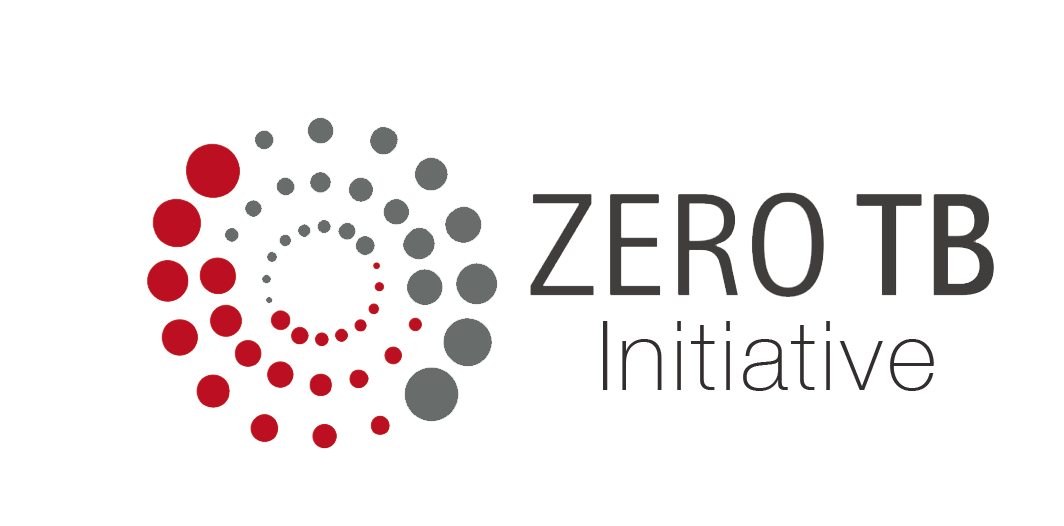Coronavirus lessons from Pakistan: combined TB and COVID-19 mobile screening in Karachi
/Yuexuan Chen
Chest x-ray vans for tuberculosis (TB) screening were transformed into joint TB and COVID-19 stations in Karachi, Pakistan. Excluding wait time, this entire screening and x-ray process took only seven to eight minutes per patient.
“When we started out, with all these strict lockdowns in place, we had to stop our TB screening activities at most of our outpatient departments and hospitals,” Rabia Maniar, program manager at The Indus Hospital said. “We were being asked to leave.”
Instead of leaving, TB eradication went mobile. As part of the Zero TB Initiative coalition in Karachi, Indus Health Network (IHN) leveraged existing TB infrastructure to fill in the gap of TB treatment while also addressing the COVID-19 pandemic.
The pilot program began with using the mobile vans parked in front of the overwhelmed Indus Hospital ER. IHN screened and triaged patients with COVID-like and possibly TB-related symptoms.
Soon, this initiative expanded into larger hospitals nearby. Then, the chest x-ray vans made their way into community settings where IHN worked with the local government to set up drive-through and walk-through screening in addition to contact screening of people in hotspots.
The first line of defense was a simple desk in front of the hospital, set up with medical officers and health workers who were trained with the most recent, updated case definitions of COVID-19 symptoms. Risk factors and exposure were also assessed and individual temperatures monitored. This verbal screening process took mere minutes.
Artificial intelligence programs for radiology were used to detect pneumonia-like features in x-rays, which were subsequently checked by a clinician if above a certain threshold. With these computer-aided detection tools programmed to screen for both TB and COVID-19, the Zero TB Initiative was able to help overwhelmed hospitals triage potentially infected patients.
Guided by comprehensive algorithms for diagnosing both diseases, developed by IHN, an appropriate combination of chest x-rays, verbal screening and sample collection for sputum and nasopharyngeal swabs were used to “make sure [they] don’t miss anyone” who possibly had either infection with TB or the SARS-CoV-2 virus. Some asymptomatic patients with a chest x-ray that was flagged as high risk have subsequently tested positive for COVID-19, according to Maniar.
The mobile van follows disinfection protocol that requires routine cleaning before, during and after operation, in addition to taking five minutes to disinfect between each patient. Likely due in large part to these protocols, IHN healthcare workers who did get infected with COVID-19 were found to have caught it from community transmission—not at the hospital or mobile van.
While most patients who were diagnosed either had TB or COVID-19, a small number of co-infected patients who had both COVID-19 and TB were found through their screening efforts. Symptoms overlap between the two diseases, so it has been crucial to check for both.
“Because the focus of the country has been so much on COVID, we have to ensure that the TB conversation doesn’t stop.” Maniar said. “We have said that if you support us with TB, we will support you with COVID. Not one or the other.”

